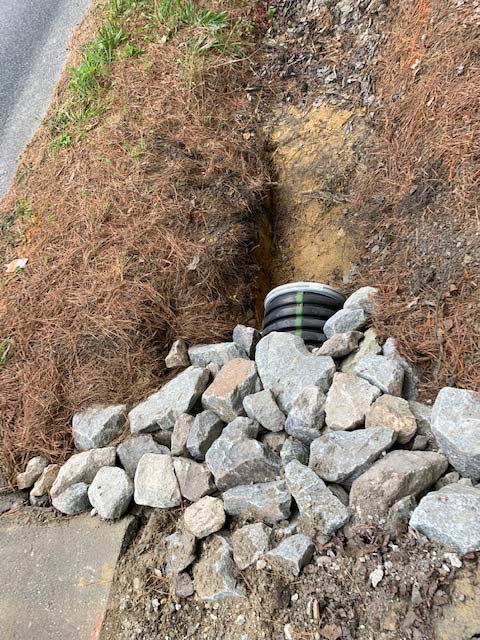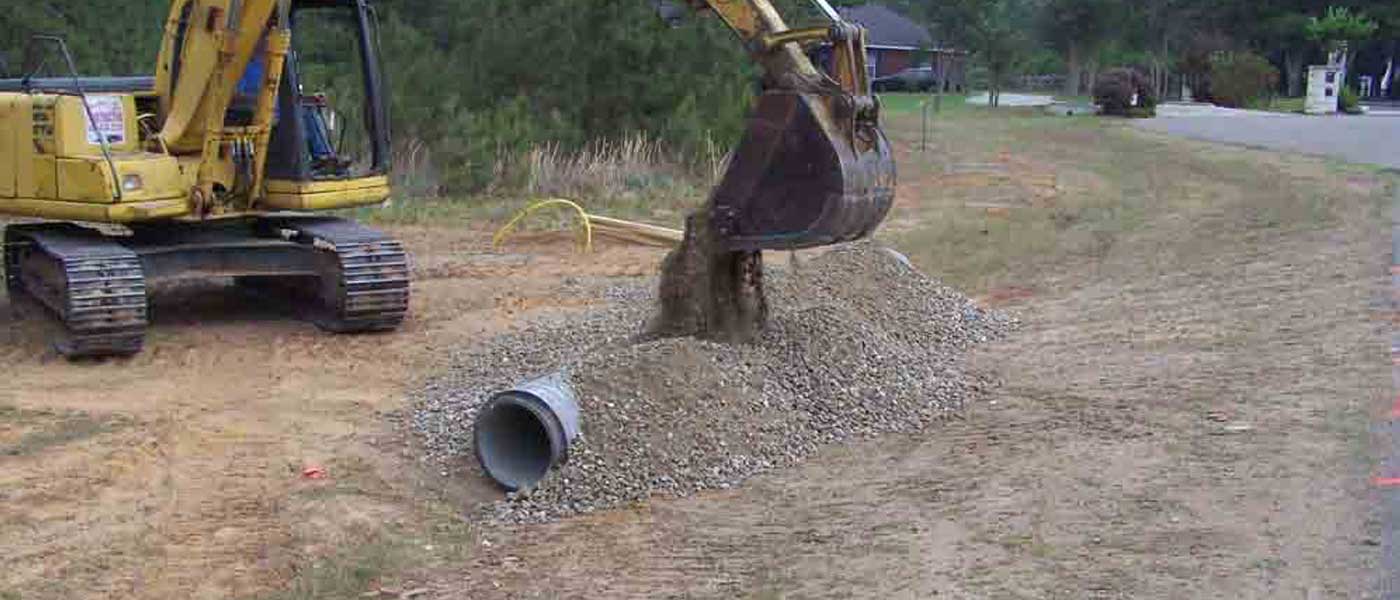Professional Culvert Installation for Long Lasting Framework
Professional Culvert Installation for Long Lasting Framework
Blog Article
Culvert Installment Made Easy: Step-by-Step Guide for Success
Mounting culverts may appear like an uncomplicated task, however making sure an effective outcome calls for mindful planning and implementation. From selecting the ideal culvert size to incorporating appropriate drain procedures, each action in the installment procedure plays a critical duty in the functionality and longevity of the culvert system. By complying with a systematic strategy and taking notice of key information, the installment can continue efficiently, minimizing prospective issues down the line. Remain tuned to discover the essential actions and considerations that can make culvert installation a seamless and successful venture.
Selecting the Right Culvert Dimension
Picking the ideal culvert size is vital for ensuring effective water flow and architectural honesty in culvert setup jobs - Pad Construction. The size of the culvert directly influences the circulation capability of water via the framework. A culvert that is too tiny can result in flooding and overflow, while one that is also large may lead to decreased water velocity, possibly triggering sediment accumulation and obstructions
To figure out the right culvert size, variables such as the watershed area, top flow prices, and hydraulic effectiveness requirement to be meticulously considered. Computations based upon these parameters assist in picking a dimension that can adequately take care of the anticipated water volume while minimizing the risk of obstructions and architectural failure.
It is vital to speak with engineering standards and standards to make certain that the selected culvert dimension satisfies the task requirements and local regulations (Pad Construction). By picking the appropriate culvert dimension, job supervisors can optimize water flow, prevent potential problems, and enhance the total effectiveness and longevity of the culvert setup
Preparing the Installment Site
Effective culvert installation requires careful prep work of the installment site to ensure ideal structural support and performance. Before starting the setup procedure, it is essential to remove the site of any type of debris, plants, or blockages that might hamper the culvert's positioning.
Furthermore, it is very important to consider factors such as soil make-up, groundwater levels, and environmental influences when preparing the setup site. Conducting a comprehensive site analysis can aid determine any type of potential difficulties or risks that may impact the culvert's performance. By making the effort to prepare the installation site correctly, you can assist ensure an effective culvert installation that meets architectural demands and makes certain long-lasting functionality.
Placing the Culvert Appropriately

The grade at which the culvert is put is crucial for preserving an appropriate slope for water flow. A steady slope assists prevent merging and advertises efficient drain. Additionally, the culvert needs to be oriented properly to ensure that the inlet and electrical outlet remain in the appropriate areas. This alignment is vital for the culvert to operate efficiently in handling water circulation.
Backfilling and Compacting the Soil
Correct backfilling and compaction of the soil around the culvert is necessary to ensure security and protect against potential issues in the future. When the culvert is correctly placed, the following essential step is to backfill the location around it with ideal product.
After placing the backfill material, it is necessary to compact it in layers of consistent density. Using a compactor or a mechanical meddle, small the dirt carefully to stay clear of damaging the culvert. Compaction assists in minimizing the possibilities of negotiation and makes sure consistent assistance around the culvert. It is crucial to small the dirt equally on all sides of the culvert to maintain its structural stability.
Proper backfilling and compaction not just give stability to the culvert yet also help in preventing dirt disintegration and preserving the durability of the culvert system.
Making Sure Proper Water Drainage Assimilation
Integrating effective drain solutions plays a critical role in the general capability and durability of culvert installations. Proper drain integration is crucial for find more information handling water flow, avoiding erosion, and guaranteeing the architectural stability of the culvert system. To accomplish this, it is vital to make a thorough drainage plan that takes into consideration variables such as the quantity of water expected, the topography of the area, and the sort of dirt existing.

Additionally, including functions like erosion control procedures, such as riprap or plants, can even more improve the effectiveness of the drainage system. By carefully planning and carrying out these drain solutions, culvert setups can function efficiently and endure the test of time.
Verdict
Finally, proper culvert setup is crucial for maintaining reliable drainage systems. By selecting the appropriate culvert size, preparing the installation website, positioning the culvert appropriately, backfilling and condensing the dirt, and guaranteeing appropriate drainage assimilation, success can be accomplished. Following these actions will aid ensure the long life and effectiveness of the culvert, eventually adding to the overall success of the drainage system.
Report this page